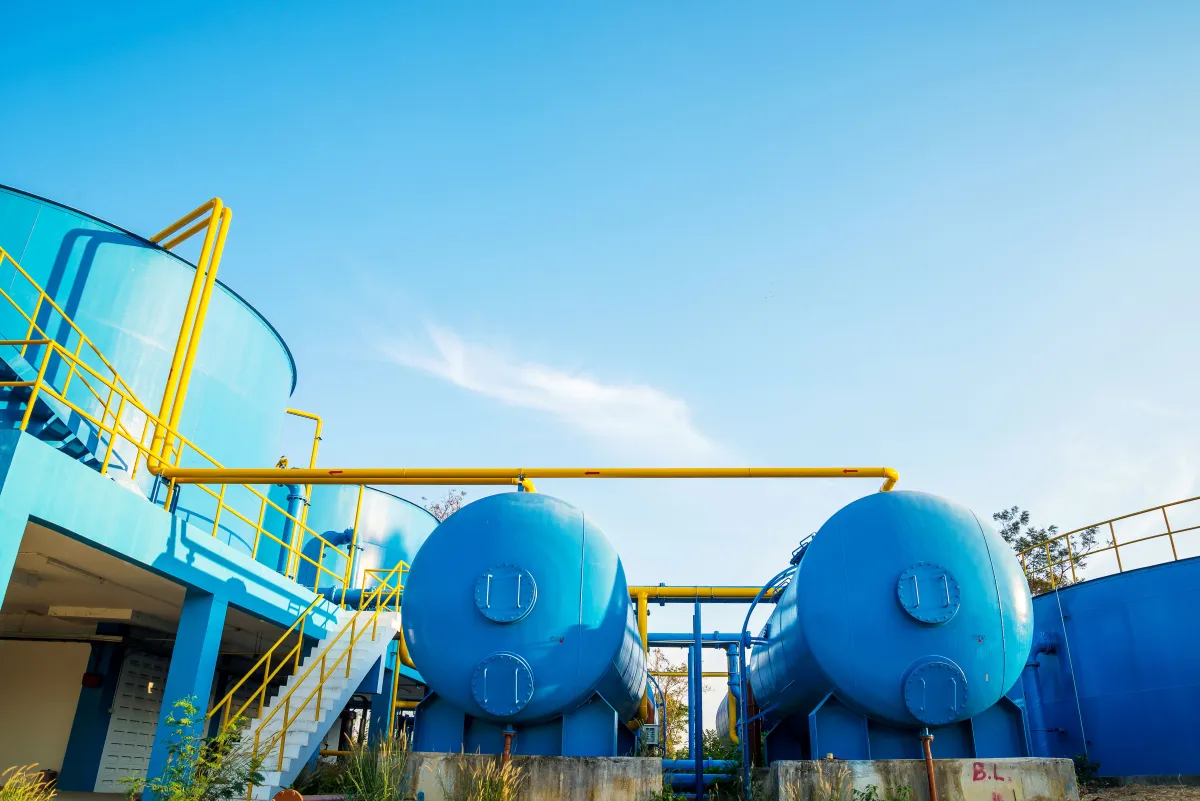
The Map Ta Phut area of Rayong Province is a coastal economic area with high water security because it is close to the country’s large industrial estates, such as the Map Ta Phut Industrial Estate, the Laem Chabang Industrial Estate, and other industrial estates, including those near major tourist attractions.
According to the Office of National Water Resources (ONWR) study project “The production of fresh water from sea water to solve the risk of water scarcity in the Eastern Economic Corridor (EEC),” Nong Fab Beach is an area with high potential suitable for setting up a freshwater desalination plant because it is an open area with a width of 300 meters adjacent to the sea. It has the potential to contribute to long-term solutions to the EEC’s water scarcity problem. As the demand for water is predicted to rise over the next 20 years, the generation of fresh water from sea water (desalination) is critical.
Generating fresh water from seawater in the EEC area is a method to enhance the amount of water in the system for consumption, agriculture, and industrial output.
According to a research undertaken by the EEC in partnership with ONWR and the Chulalongkorn University Institute of Transportation, Map Ta Phut Industrial Estate and Pattaya City are two priority places for desalination plants. It is expected that in 2027, fresh water from sea water in the Map Ta Phut area will need to be produced at the rate of at least 200 billion cubic meters per day to support use in the EEC area, and in 2037, at least 300,000 million cubic meters of fresh water from sea water will need to be produced, and when combined with a reserve water source and water management in the area, the EEC will have enough water to meet the overall demand.
Reverse osmosis (RO) technology that is most suitable for producing fresh water from the sea, and the price of desalinate water is projected to be 26.03 baht/m3 (ex-factory price). The private sector will initially be the sole investor, with the government guaranteeing pricing and sales volumes. The construction duration is three years; the production period is 30 years; the project value is seven billion baht; and the payback period is 13.1 years from the commencement of construction.
Environmental effect mitigation methods are in conformity with Ministry of Natural Resources and Environment regulations, particularly as follows:
1. Effluent dilution with ambient seawater at a ratio of not less than 20:1;
2. Installation of Multiport Multi-Diffuse sewage distribution equipment;
3. Using the Visual Plumes Model (VP Model) to assess the impact of concentrated wastewater discharge.
In this context, the EEC will collaborate with ONWR and the Industrial Estate Authority of Thailand (IEAT), including Pattaya City, to examine operating rules, technology selection, and appropriate investment models to advance the sustainable production of fresh water from saltwater.